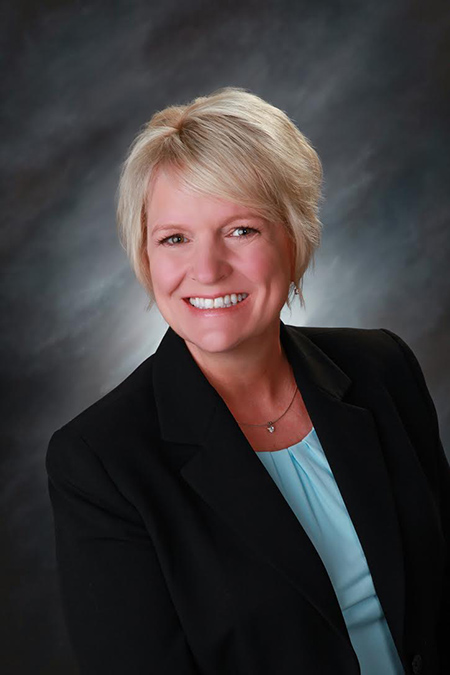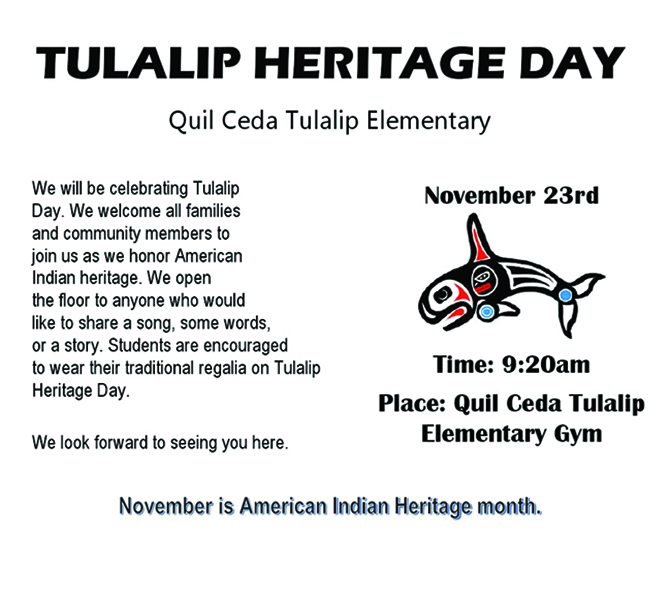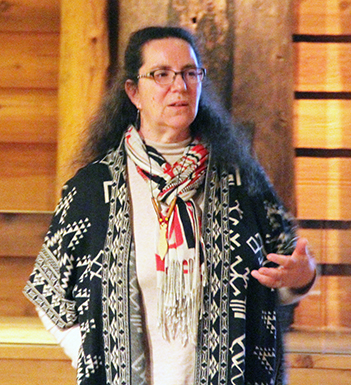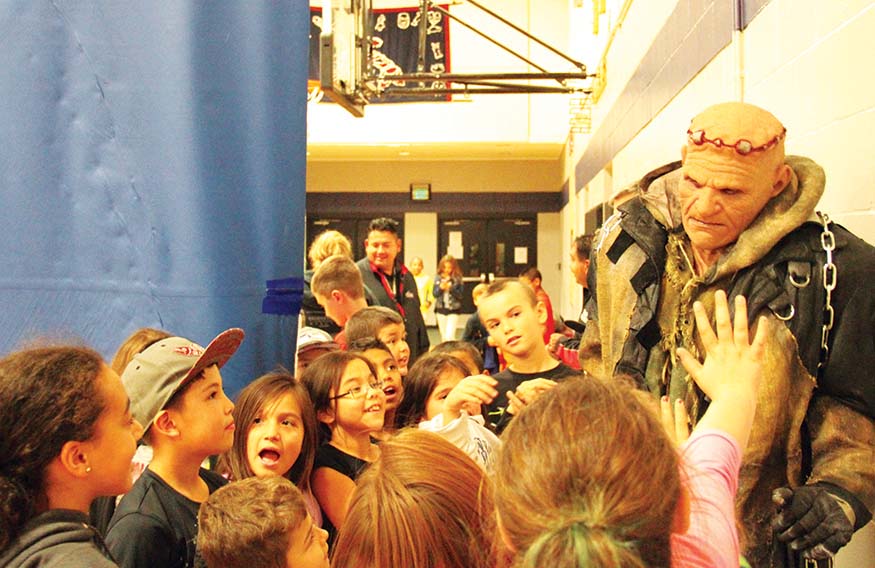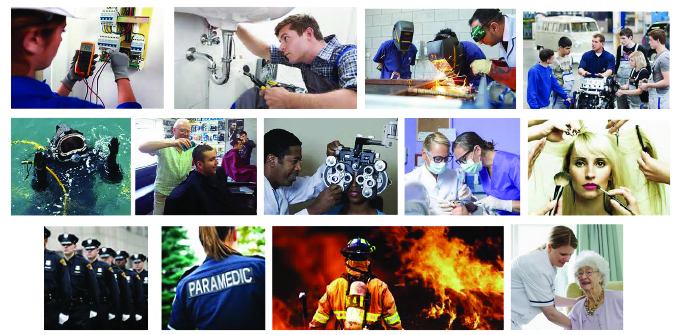Source: Jeanne Steffener, Tulalip Tribes Higher ED
Geology is the study of Earth…our home. Most people think of it as the study of rocks but it is actually the study of the materials and processes which make earth an amazing dynamic planet capable of supporting life. An important part of geology is the study of how Earth’s materials, structures, processes and organisms inhabiting our planet have changed over time.
Study of the geologic record tells us about the Earth – the evolution of life, its history, the continents and how they evolved, the ocean basins, and our climate. Historical geology teaches us about fossil life and the physical changes to the earth since its beginning. These changes include the movements of the continents; the formation and reconfiguration of ocean basins; growth of mountain ranges; erosion and redistribution of sediments; changes in surface environments and changes in climate over time.
As geologists work to try to understand the history of our planet, it helps them to envision how events and processes of the past might affect the future…our future. The Earth processes geologists study include landslides, earthquakes, floods and volcanic eruptions. These events can be very hazardous to people.
Geologists work at understanding these processes as they strive to avoid building structures where they might be damaged. For instance, if geologists can maps areas that have flooded in the past, they can recognize areas that could potentially flood in the future. These maps could potentially determine where and where not to develop communities as well as determine where flood protection or flood insurance is necessary.
People use earth materials every day. They use oil that is produced by drilling holes into the Earth then extracting it, metals are mined and water is drawn from streams or underground. The process is geologists performing studies that locate materials of the Earth, then they plan how to extract and remove the materials from the rocks. Similar work is done to locate and produce oil, gas, gems, metals and water.
Today we are very concerned about climate change. In helping to minimize the effects of climate change geologists work to learn about past climates on earth and how they have changed across time. Through studying and understanding historical geology we learn what is affecting our current climate change and what the results might be.
Geology can be a very interesting and rewarding career. The minimum required training for Geology is a four-year college degree. Many geologists earn master’s and doctorate degrees. The advanced degrees provide a higher level of training in specialty areas such as paleontology, mineralology, hydrology or volcanology. Advanced degrees often qualify the geologist for supervisory positions, research assignments and teaching positions at the university level.
Employment opportunities are very good for geologists. Geology graduates with a strong academic background and good grades have no trouble finding positions.
If you are considering pursuing a career in a very interesting and exciting field, there are many universities offering courses and programs in geology The job possibilities for someone with additional training and skills are limitless. Please call Higher ED staff at 360-716-4888 or email us at highered@tulaliptribes-nsn.gov to find out more information.




